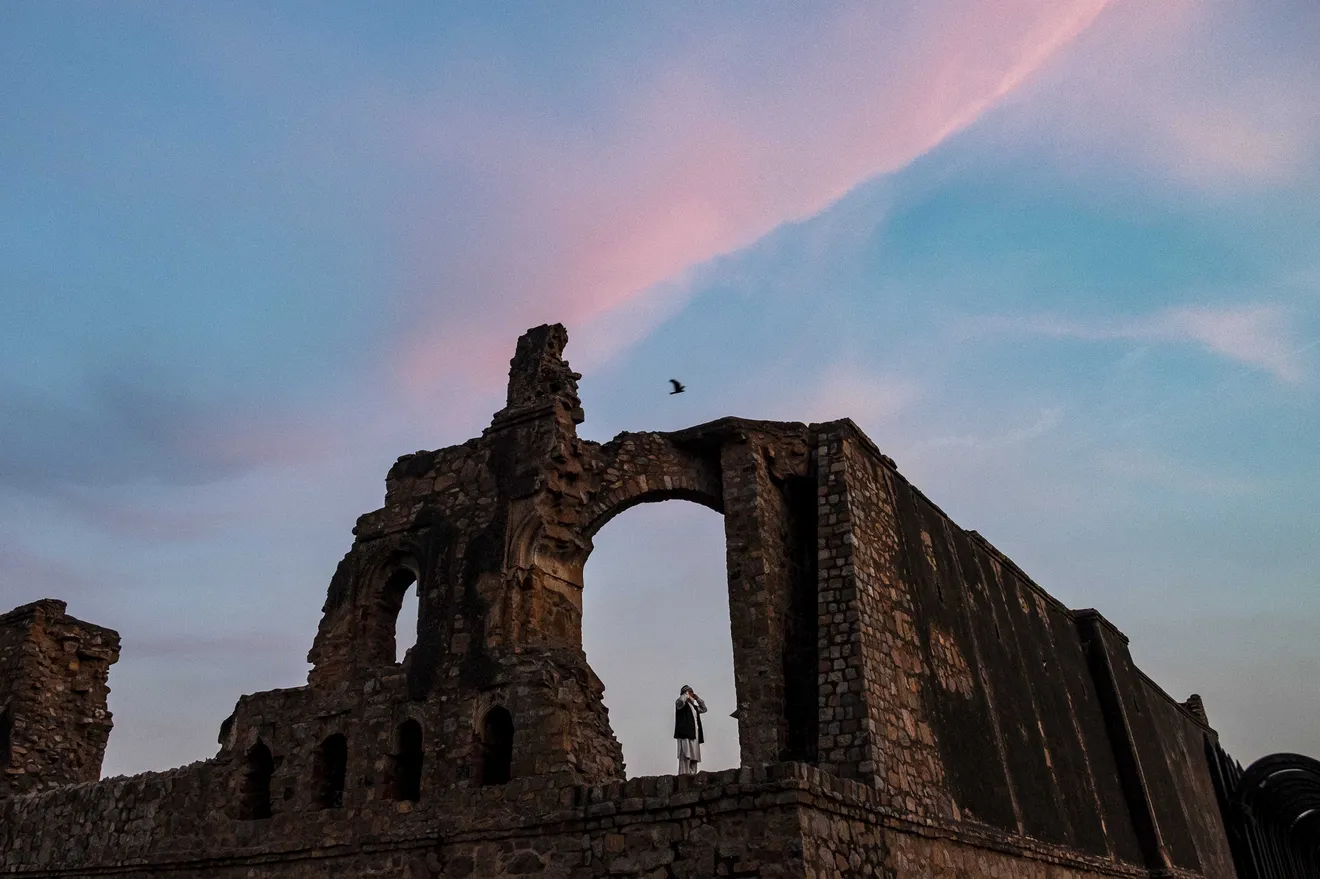
©Rana Pandey
Creator
Rana Pandey
Location
India
Date
Feb. 9, 2022
While working on my project ‘Why do we pray?’, which I started roughly three years ago and through which I tried to explore the true power and purpose of prayer, I discovered a very peculiar practice of ‘Djinn worship’ in Delhi, India’s capital. It takes place in the dingy alcoves and chambers of the Feroz Shah Kotla fort every Thursday. With each visit to its ruins, my curiosity regarding the ‘Djinns’ increased. I was determined to explore the nuances of this long-lived ritual and document the committed devotees who visit the fort weekly.
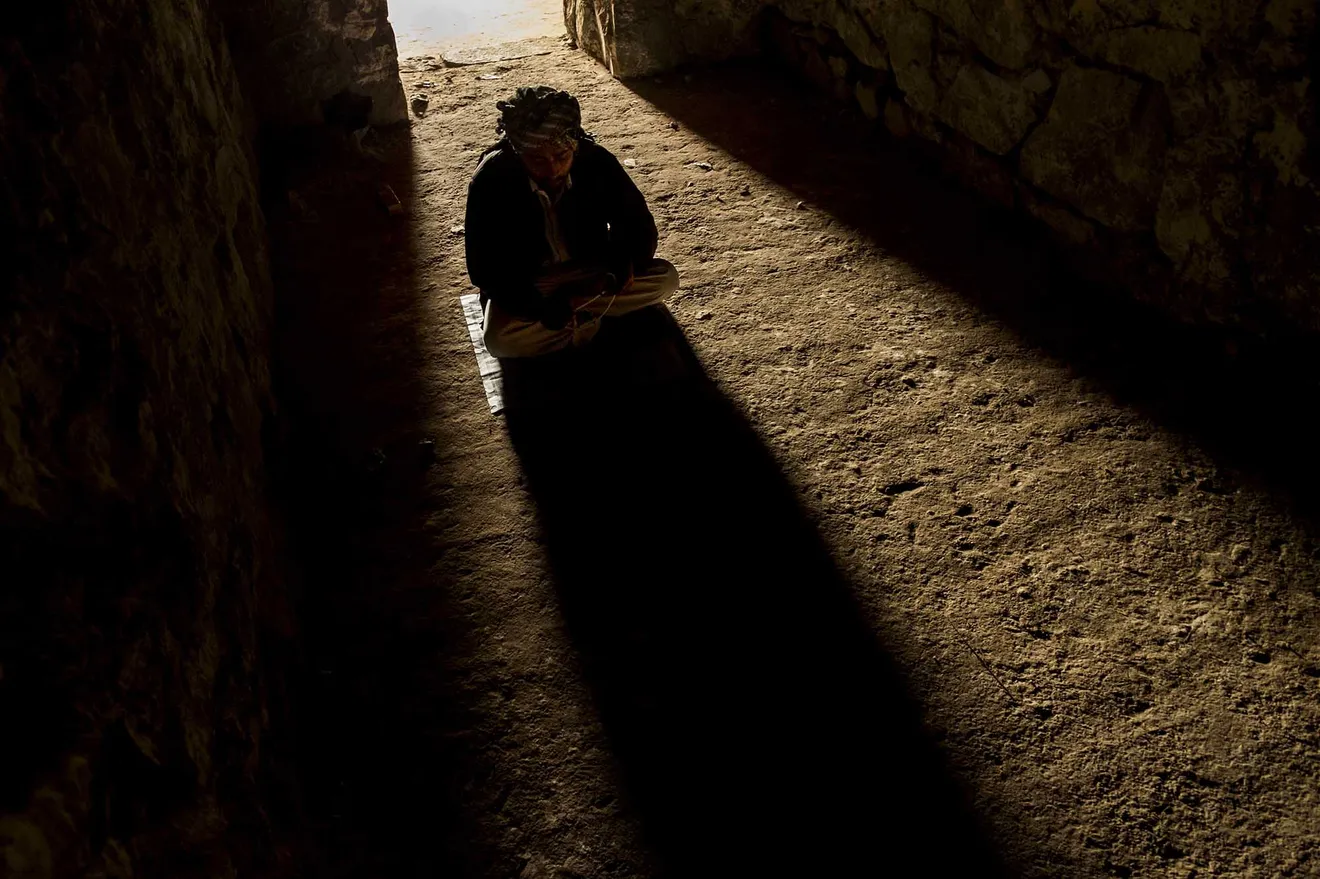
©Rana Pandey
This time-tested relic, the Feroz Shah Kotla fort, was built by the Tughlaq emperor Feroz Shah Tughlaq and is one of the oldest buildings in Delhi. It is believed that Feroz Shah Kotla is the abode of numerous ‘Djinns’. According to the Islamic mythology, ‘Djinns’ are supernatural spirits made of fire who can grant any wish and solve any problem. In Arabic the word ‘Djinn’ means ‘invisible’. They are believed to be shape-shifters who possess magical powers and help humans. However, they are also feared for their ill-temper and wrath. Countless people, desperately hoping to get their prayers heard. They write letters, light candles, offer flower petals, stick coins on the walls of the fort, whisper their wishes, leave locks in the railings and ask for forgiveness. Once their wishes are granted, people even return to distribute food as a gesture to please the ‘Djinns’ and celebrate. The worshippers often leave behind food for the animals to feed because they believe that the ‘Djinns’ feed through animals and birds. Some even offer meat to the eagles and kites that hover over the ruins of the fort.
When I first visited the narrow chambers of this 14th century marvel, I could feel the eeriness in the air. It was a Thursday evening and all I would hear were the wails of weeping men and women and their endless whisperings. The chambers were dimly lit with clay lamps and I felt claustrophobic in them. Each chamber was filled with numerous people praying frantically hoping that the ‘Djinns’ would ease their troubles and put an end to their miseries. One of the devotees who was tying a thread in the railing of the old fort warned me not to lurk around the premises if I have no intention to offer my prayers to the ‘Djinns’ as it may annoy them and they may even try to harm me.
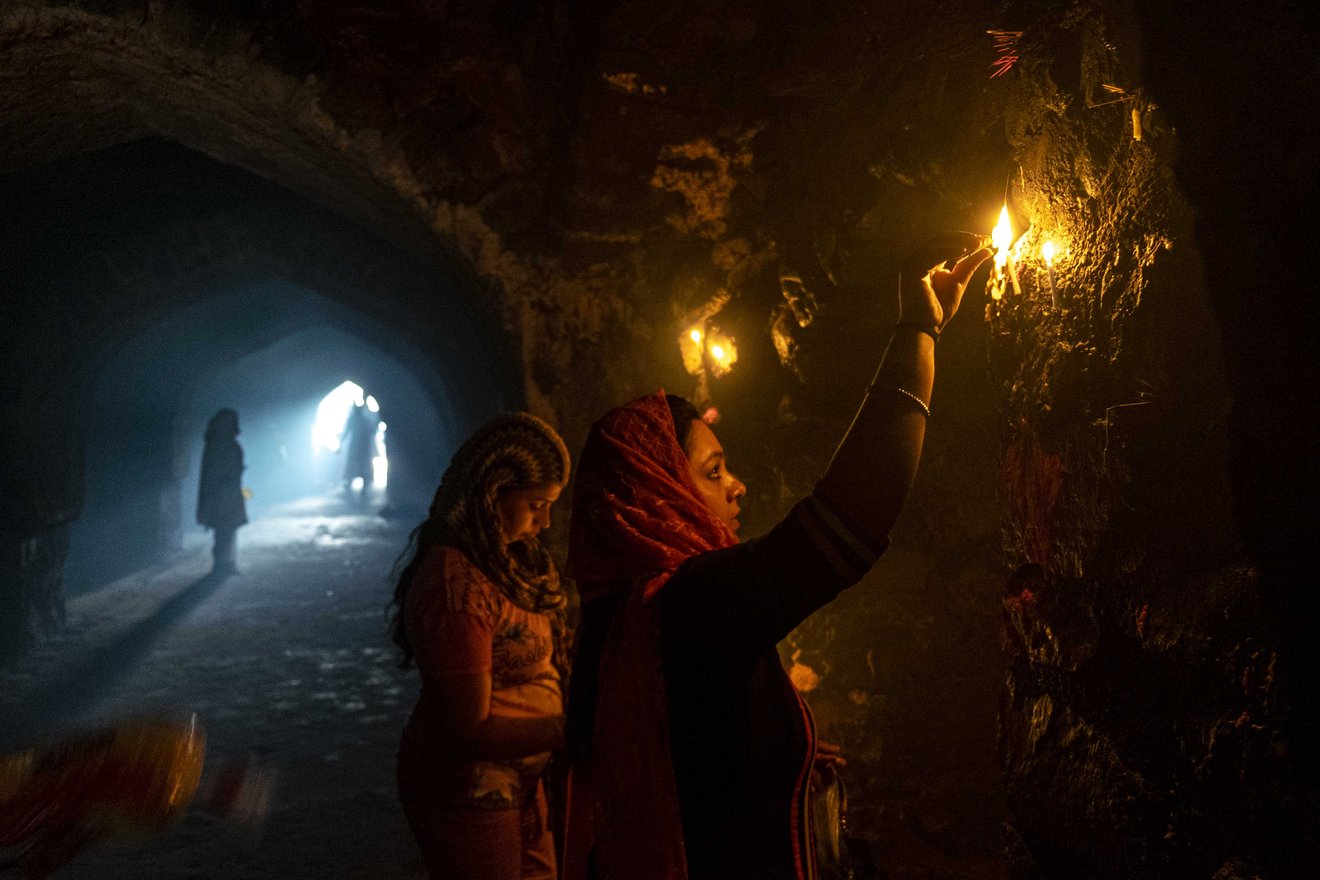
©Rana Pandey
©Rana Pandey

©Rana Pandey
Still, I continued to visit the fort on Thursdays to witness countless people flocking there desperately hoping to get their prayers heard. The worshippers leave letters and passport size photos of missing family members and friends, expecting the ‘Djinns’ to help them find their lost loved ones. Some even pin photo copies of filled up job application forms on the walls of the forts. They strongly believe that ‘Djinns’ can resolve and reduce any difficulty in their lives.
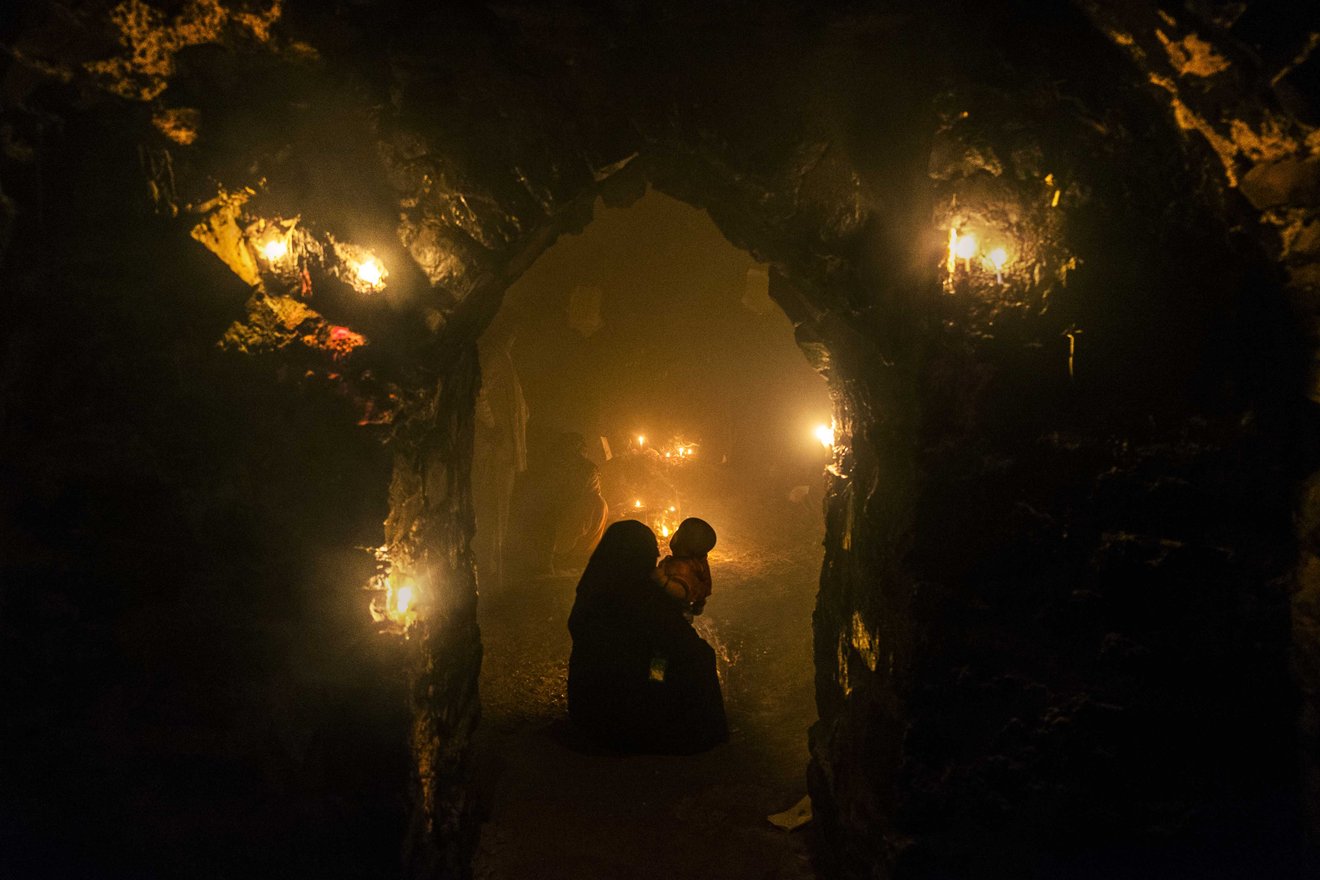
©Rana Pandey
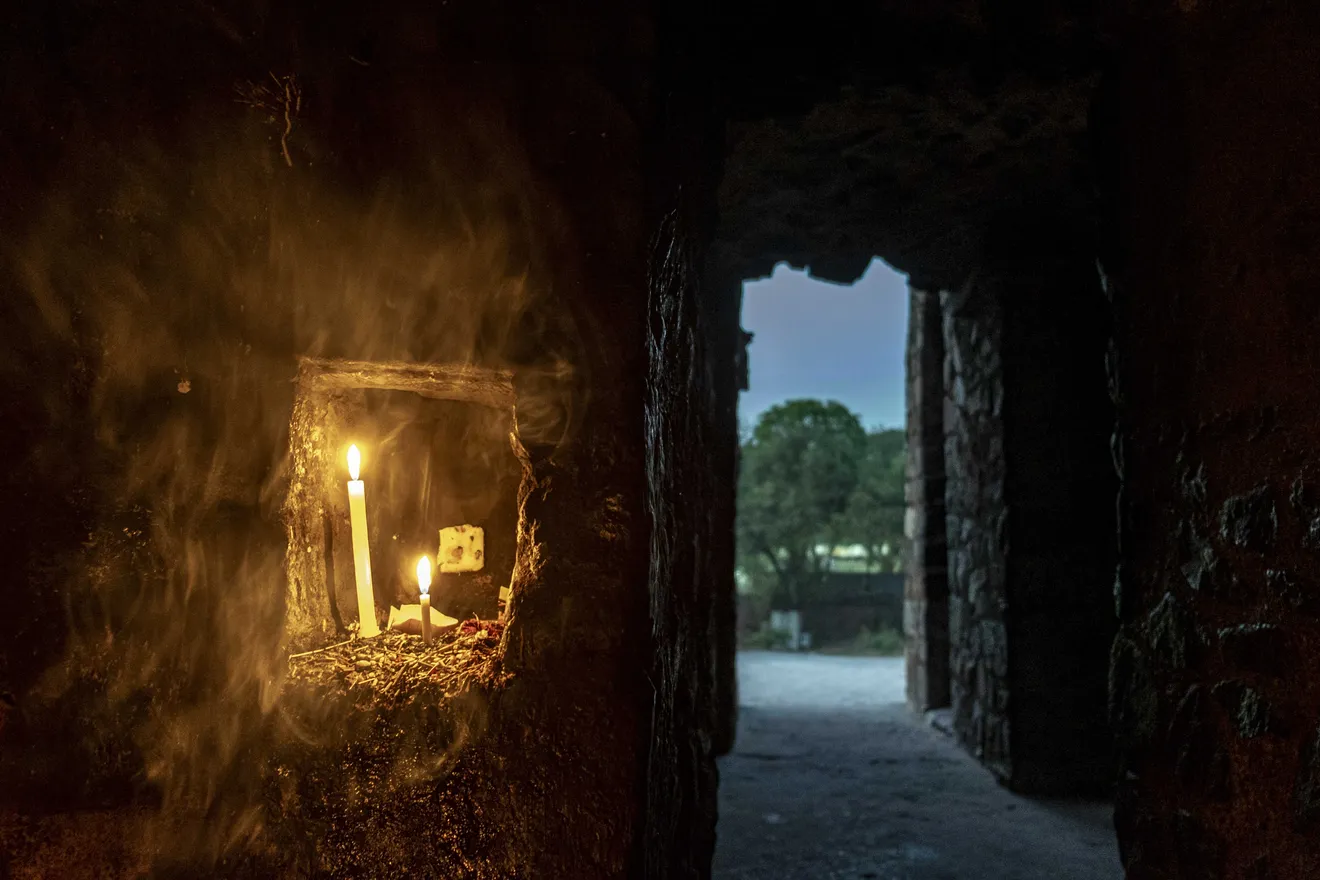
©Rana Pandey
In all my visits to the fort, I intended to catch people unaware and in their private time when there was a unity between their soul and their spirit. My prime aim for my project ‘Why do we pray?’ has always been to uncover the incredible peculiarities of the numerous cultures that peacefully coexist in India. Prayer for me is the greatest art form which expresses the inner yearnings of the human soul. It is a spiritual state of unity between the soul and the spirit; a long winding pathway to find our true selves. Because it is in what we ask during prayer that truly defines who we are.
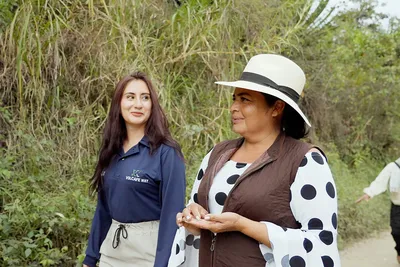
May 2025 - Volcafe Ltd.
Discover how coffee farmers are building resilient futures. A global story of sustainability, told through local lenses – produced with Fairpicture’s ethical, community-first approach.
Learn more about Farming as a Business: A Global Story of Coffee and Community

March 2025 - Saferworld | Women for Women International & Women’s International League for Peace and Freedom
Co-creation of a compelling video documentary series about women right’s organizations in Nigeria, South Sudan and Yemen.
Learn more about Women for Change
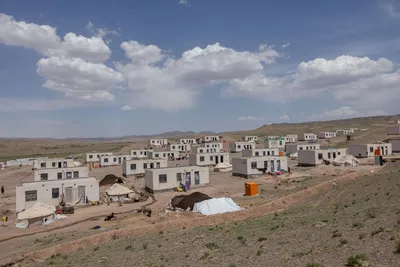
September 2024 - Cordaid
Photos and interviews with humanitarians and people affected by the earthquake in Herat, Afghanistan
Learn more about Covering the earthquake response in Afghanistan